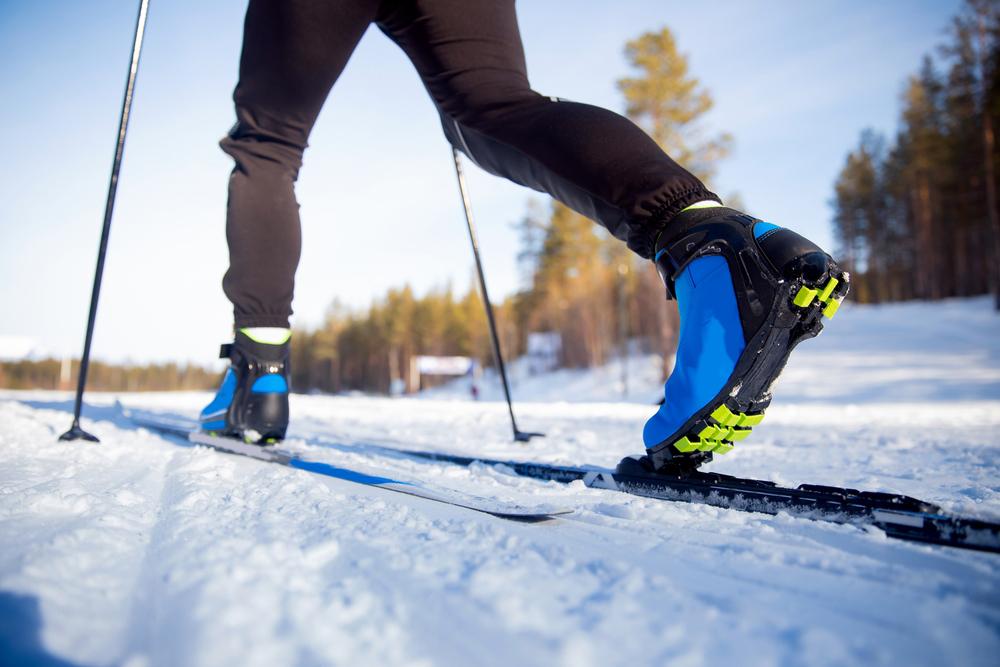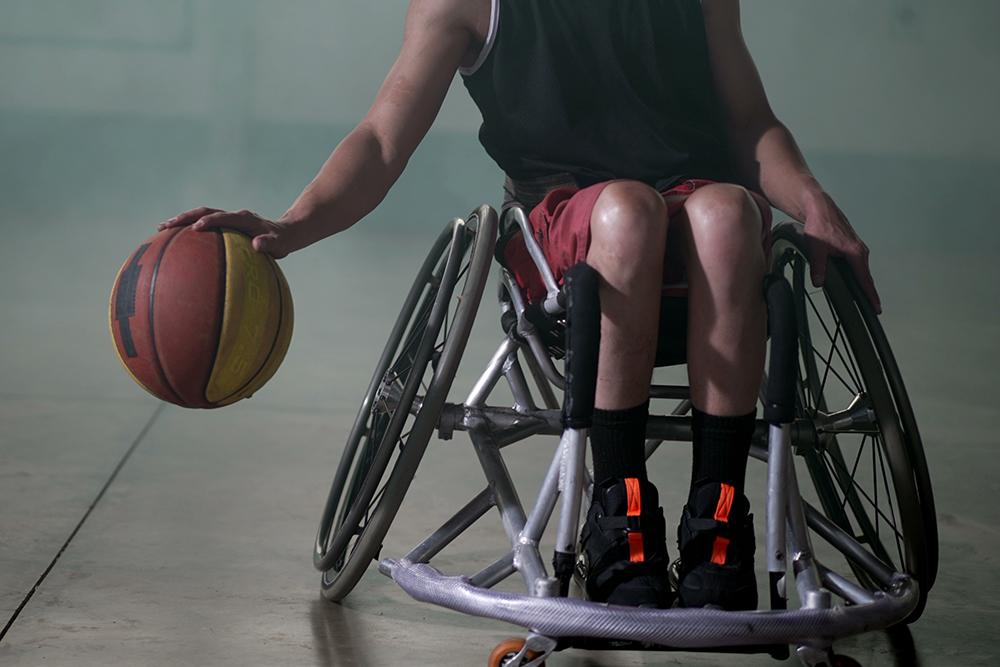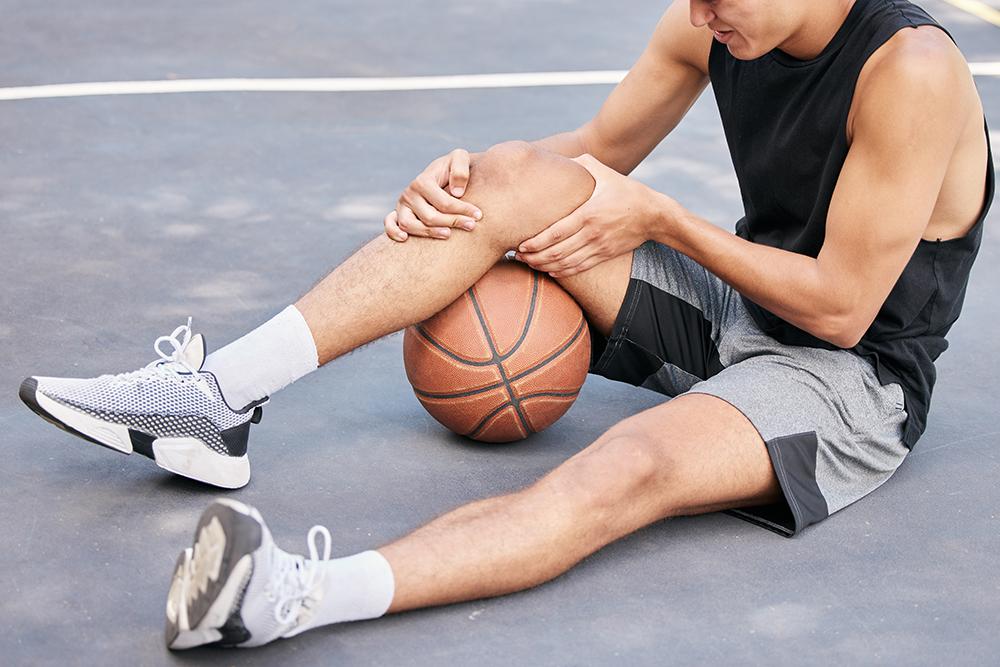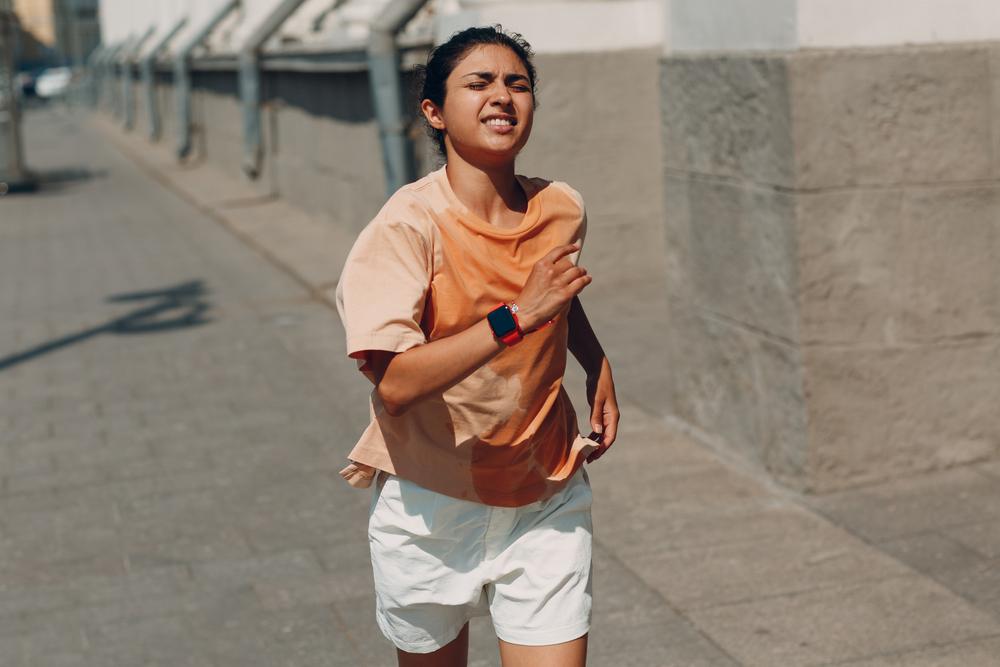 Dealing with your period while balancing sports can be stressful and uncomfortable. But your period is a positive thing: It’s an important marker of health, and there are ways to make this part of your life easier.
Dealing with your period while balancing sports can be stressful and uncomfortable. But your period is a positive thing: It’s an important marker of health, and there are ways to make this part of your life easier.
Here, Dr. Michele LaBotz, TrueSport Expert and sports medicine physician, breaks down the period basics you need to know to take control of your cycle and train effectively no matter what time of the month it is.
1. Remember that your period is a positive
Before we talk about training during that time of the month, it’s important to remember that getting your period regularly is a sign of good hormone health. Younger teens will often have irregular periods, but once they become more regular, it is an indicator that your body is recovering properly and getting the fuel that it needs to perform and function at a high level, says LaBotz.
2. Don’t count yourself out of competition just because you have your period
At some point in your athletic career, you will likely need to compete during your period. Don’t panic: You may not feel amazing, but the data actually suggests that your performance should be fine. “There are so many females who feel like their performance falls off significantly just before or during their period,” says LaBotz. “But when you look at the objective data and the studies, that’s actually not the case and the perception doesn’t match the reality. So, you may not feel great, but you absolutely can still perform well. And if your performance is not meeting your expectations, there is probably a different underlying cause.”
3. Get to know your menstrual cycle
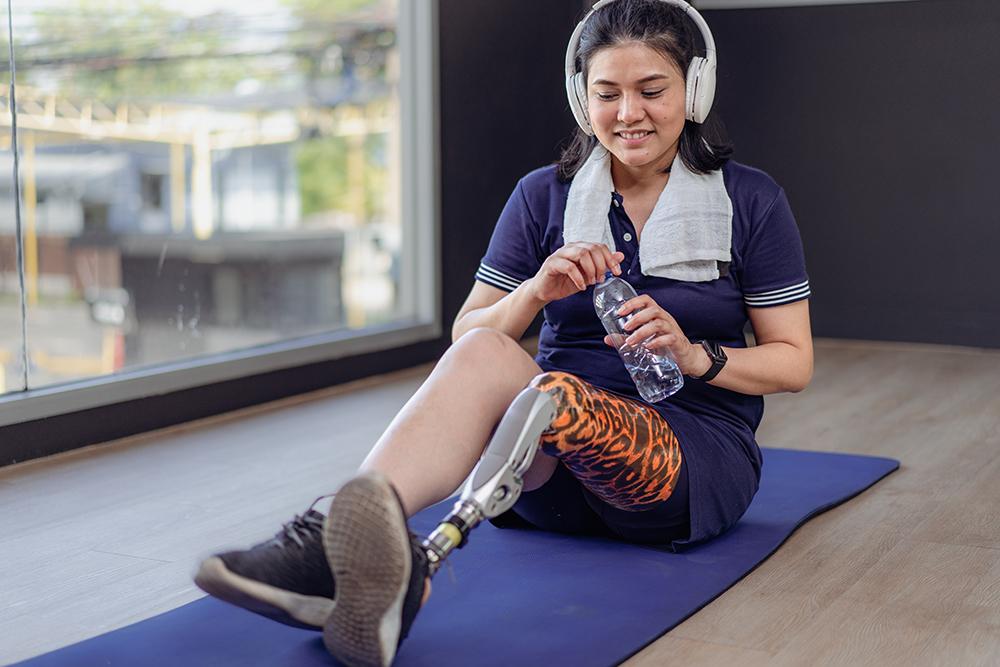 While we’re primarily addressing periods here, having a basic understanding of the phases of your hormonal cycle can help you better understand why you may feel different from week to week. Most cycles will typically run between 28 to 35 days for many young athletes, and the cycles can be broken down into four phases:
While we’re primarily addressing periods here, having a basic understanding of the phases of your hormonal cycle can help you better understand why you may feel different from week to week. Most cycles will typically run between 28 to 35 days for many young athletes, and the cycles can be broken down into four phases:
- Menstrual phase: This is considered day 1 of your cycle and is the first day of bleeding during your period. This phase typically lasts for 4-6 days.
- Follicular phase: This is the first part of your cycle after your period stops. Your estrogen will rise in this phase as your uterus lining regrows and an egg matures in the ovary.
- Ovulation: Your luteinizing hormone will rise, and your ovary will release an egg. Some will notice lower abdominal cramping or discomfort during this time known as “mittelschmerz.” This is common and some athletes find that exercise actually helps with the symptoms.
- Luteal phase: Progesterone peaks during this phase between ovulation and your next period, and will then drop as your body prepares to shed the lining that has build up in the uterus (your period is that lining shedding). Some will feel bloating, camping, and increased moodiness during this time.
4. New to menstruating? Don’t expect a perfect period.
If you only got your period within the last year, your cycle may not be standardized yet. “When your period first starts, it’s going to be irregular, and you don’t know when it’s going to happen,” LaBotz says. “Sometimes you go a number of months without getting it, and that’s fine at first. But once it becomes regular for a few months, it should stay that way.”
5. Not getting your period: When should you talk to your doctor or athletic trainer?
If you’ve been getting a regular period and it suddenly stops or your cycle is lasting longer than 35 days, it’s a good idea to discuss that with your doctor or your athletic trainer, says LaBotz. While teens may experience the occasional period irregularity, skipping multiple periods can be a sign of Relative Energy Deficiency in Sport (REDs) and the sooner you can address that issue, the less problems you’re likely to have later.
Similarly, if you’re 15 years old and still don’t have your period, it may also be time to have a conversation with your doctor. Some girls simply get their periods late, but a delayed period can also be a signal that your body is in a state of low energy availability.
“The standard in the United States is that if you don’t get your period by the age of 15, your doctor will look into it,” LaBotz explains. “A lot of times we look at the age the mother was when she started her period, and typically, a daughter will get hers within a couple of years of that. So, if your mother got her period young, we may do a workup earlier than 15 to rule out any issues. And certainly at 15, if you don’t have your period, that can raise significant medical concerns.”
6. Using hormonal birth control? Your period and cycle will be different
If you’re using hormonal birth control, it’s important to understand what that means for your period. While you will bleed monthly if you’re using the birth control pill, you aren’t experiencing a true hormonal cycle. “The hormones in birth control are ‘steady state,’” says LaBotz. “So, you won’t have the same hormonal fluctuations throughout the month that you’d have without it.”
7. Should you track your period?
It may be helpful to keep track of your period, says LaBotz. You can download an app or simply make a note in your weekly planner (perhaps adding a star next to days when you have your period) so that you can see how long your cycle is and if you’re getting your period regularly. This can also be helpful if you’re traveling for your sport regularly, since you’ll have a better awareness of when to expect your period and can pack accordingly. But if you are traveling, always bring a spare tampon or pad just in case—even if your period isn’t due!
8. Ease symptoms of PMS
There is good news: Data has shown that exercise can actually help ease the symptoms of PMS, says LaBotz. That means getting to practice may help you feel better. “Aerobic activity is great, as are things like walking and yoga,” LaBotz says. “If you’re not feeling great, you may want to focus on easier workouts, but moving will often help you feel better. It also impacts the hormones that make you retain water and those that mobilize sodium, so it can help with bloating.”
“However, if your period or premenstrual symptoms are painful enough that it interferes with your ability to function and you’re staying home from school or skipping practice, you should talk to your doctor,” says LaBotz.
9. Dealing with the practical issues of your period
More and more professional women athletes are speaking up about things like having access to washrooms to be able to change tampons during competitions, refusing to wear the team-sanctioned white shorts, and simply advocating for more understanding around the fact that women athletes have periods. If your team uniforms have always included white shorts, consider talking to your coach or the school athletic director about adding a darker colored option so you don’t need to worry about leak issues during a competition. You can also ask for free tampons to be stocked in the women’s locker room, or make sure that you have extras on hand for you and your teammates. You can’t control everything about your period, but you can control certain ways to make it more manageable.
10. Tampon or pad?
Unfortunately, pads can be difficult for athletes to use since they tend to be bulky, and if you sweat a lot, you may struggle with finding one that stays in place during competition. “Tampons are not a bad thing,” says LaBotz. “You can look for ones that are specifically made for athletes or a lower profile for younger girls. If you’re uncomfortable asking a family member to teach you to use one, you can ask the school nurse for help, or talk to someone in your doctor’s office for advice.”
_______________________________
Takeaway
Your period doesn’t have to be a bad thing for your athletic training or competition. In fact, getting your period is an important marker of health, and research shows that performance isn’t negatively impacted by menstruation. To make this time of the month more manageable and comfortable, learn about your own cycle, plan ahead, and advocate for yourself and your teammates.
